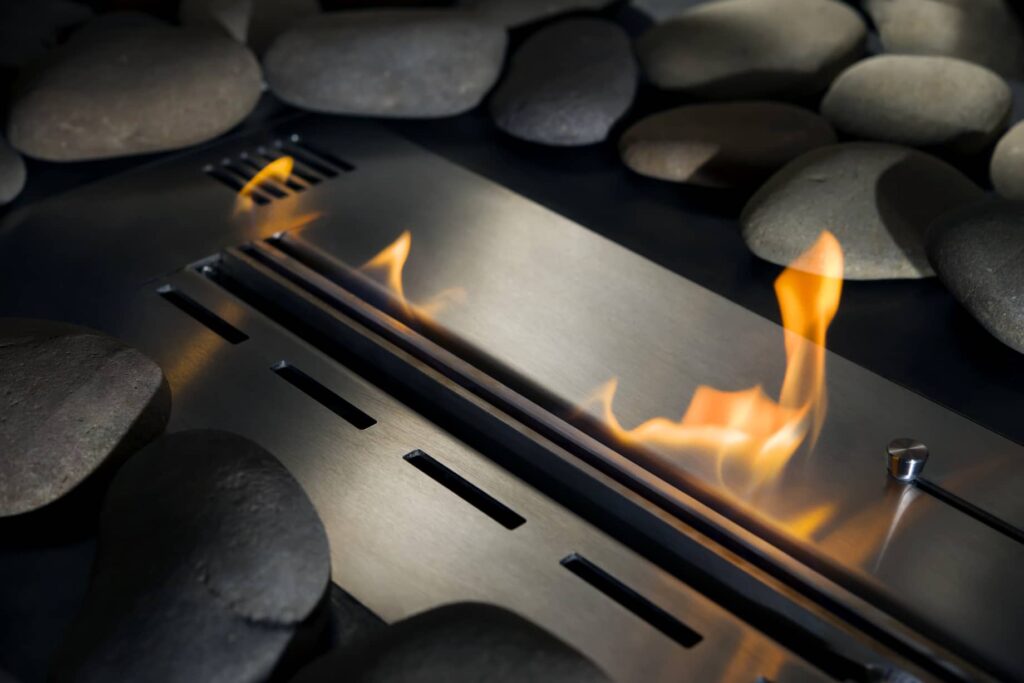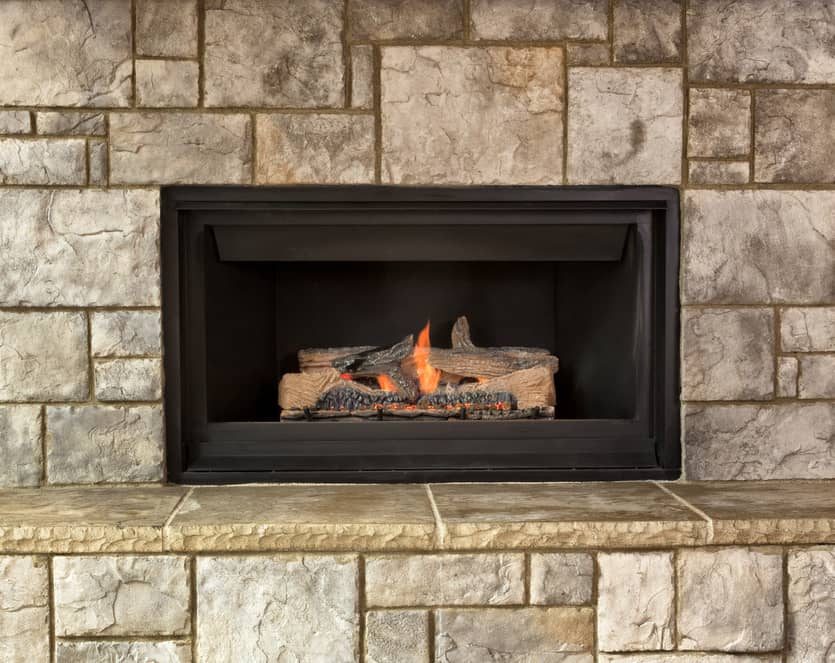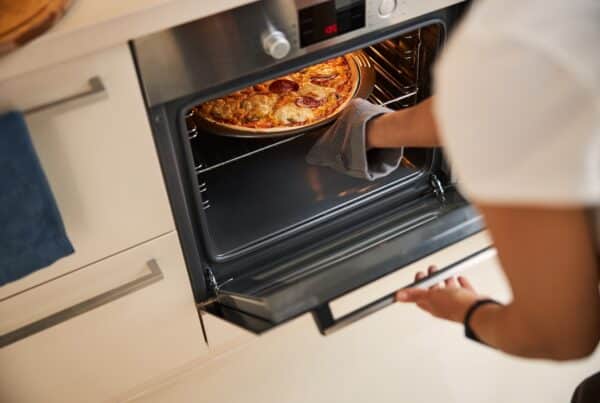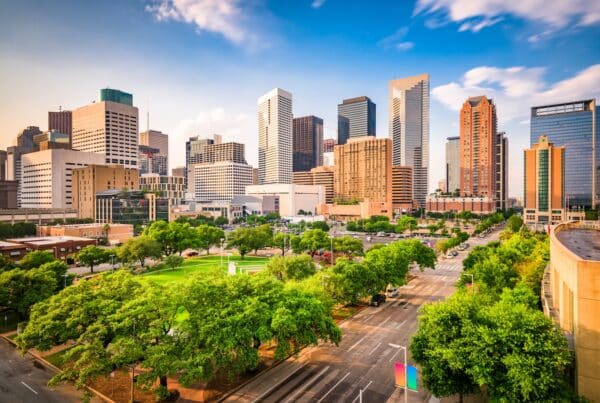
Having something like a gas fireplace installed can be very exciting. Anytime a homeowner gets to add various amenities to spice up the home is a good thing. With a gas fireplace, you are getting a natural and clean-looking item that can add to the ambiance of your home. Always keep in mind that you will have to conduct maintenance on your gas fireplace, as you would any other appliance in your home. This maintenance often involves cleaning the black soot. Is black soot from gas fireplace dangerous? Yes, the buildup of soot can cause your gas fireplace to become a combustible fire bomb.
Let’s take a look below at what we need to clean a gas fireplace and the best approach.
What Is Soot
Soot is a particle that is created by the result of burning wood, coal, plastics, organic material, or even natural gas. When oxygen is present, the particles cannot completely combust, therefore leaving this particle floating in the air. The fuels burn, and soot formation can be created in large quantities. When this occurs, it is important to avoid it. These particles can get trapped in your lungs and seriously affect your health, thus black soot from a gas fireplace can be dangerous.

How Do I Remove Soot
Removing black soot can be fairly easy. It is a dirty job, however, it can be done by any homeowner. If you aren’t comfortable ensuring that you have removed all of the soot your fireplace produces, then call a professional.
- Turn off the gas – when working to clean the soot from your gas burning fireplace, make sure the gas is turned off. Doing this ensures your safety as you clean.
- Take off the gas logs – remove your fireplace logs in the proper order. When removing this equipment to clean it, you want to make sure it is done in the correct order so that you don’t reduce the efficiency of the gas fireplace.
- Place a drop cloth – always place a drop cloth down and around your gas fireplace. While cleaning the soot, you will disturb it enough that some can end up on the floor. Additionally, you can place a drop cloth in the garage, so that you have a place to lay the logs when you remove them for cleaning. Also, wear protective clothing, gloves, and goggles to keep the soot off your skin.
- Vacuum – use a handheld vacuum to suck out the soot from your ceramic logs. After you have vacuumed up what you can, use a damp cloth to wipe them down. Then soak them for an hour in vinegar and lukewarm water. Luckily, ceramic logs are highly durable and have high heat resistance, so they typically last for many years.
- Dry them – once you have removed the logs from your vinegar solution, you will want to dry them. Use a microfiber towel so that you don’t damage the logs. You can also use a microfiber towel to wipe down the front glass area of your gas fireplace.
- Clean the inside – use a brush and then a sponge to wipe down the inside walls of the gas fireplace and the fireplace doors. You will want to brush every single spot in the gas fireplace. This includes the firebox, firefront, and the interior of the fireplace. The more you clean your gas fireplace, the easier it becomes each time. You don’t want to wait too long and allow soot to really build up. Minimizing soot is best practice.

How Long Do They Last
If your gas fireplace is properly maintained and cleaned on a regular basis, you could get between 10 and 15 years out of your gas fireplace. In some cases, there are types of gas fireplaces that might only last a few years. Be sure to check your consumer reports when purchasing a gas fireplace. Also, keep in mind that checking the venting and exhaust systems on a regular basis is key. This will ensure the reduction of soot production. Don’t forget to get your system checked at least once a year.

What Causes It
There are a few reasons for soot to build up in the gas fireplace. Let’s take a look below.
- The air-fuel mix is too much – when too much fuel and not enough air are present in the air, not all of the gas or fuel can escape so it can combust. This will leave a residue of the particles that have not been combusted yet. The air-fuel ratio has to be perfect in order for all fuel to combust. This keeps soot from being created. When your air-fuel ratio is correct, you will see a natural blue flame.
- Flame impingement – when positioning your fire logs the flames become impinged in order to make the logs appear to be naturally burning. If a log is positioned incorrectly, it can cause the flame to not escape properly and the buildup of soot will occur. If you see red, orange, or yellow flames, then the gas isn’t being burned off completely.
- Clogged gas burner ports – the flames in a gas fireplace come out of burner ports. These allow the gas flow to gain access to the combustion area. These burner ports have small diameters that can be clogged with debris. Most clogs are created by dirt, dust, insects, and even broken-down bits of ceramic logs. Any damage can cause a clog and prevent proper air-fuel ratios from being met.
Also make sure you are opening the dampers when using the gas fireplace as you want to avoid carbon monoxide poisoning.
Other Recommended Maintenance
Now that you know more about black soot and that it can be dangerous in a gas fireplace, let’s take a look at some other maintenance areas.
One of those is the chimney. All chimneys, including stainless steel, need cleaning. This is because residue can build up and carbon monoxide can be released.
Another area is cleaning your fireplace brick. The fireplace brick needs to be cleaned by brushing the soot off the brick and spraying the remnants with chemicals. You can use borax, ammonia, or scrubbing bubbles to name a few.
Lastly, while you are taking care of the fireplace, you may notice that one of your doors is not soundproof. To fix this, you can insulate it, add mass to it, or replace it. A cheap way to fix this is to add a door rug.
When Do I Call A Professional
If you are having concerns about soot in your gas fireplace, it might be a good idea to reach out to a professional fireplace servicing company. They have the tools and the experience to not only clean the soot from your fireplace but also inspect its working parts. If you aren’t sure who to call, reach out to your local home inspection team. They can inspect your gas line and the fireplace itself. Also, they can refer you to a reputable professional fireplace servicing company.
Conclusion
When it comes to an item that involves a fire in your home, you will want to make sure that it is safe. Having a gas fireplace is exciting and will provide a lot of heat for your home. However, if you don’t maintain it properly, you could end up starting a house fire. Call on your local home inspection team to ensure that the system was installed properly and you have removed all of the soot when cleaning.
Also, your local home inspection team can refer you to a reputable gas fireplace service company. Reach out to All Coast Home Inspections for a home inspection in Houston, TX. They can refer you to the most reputable contractors and service companies in the field.



